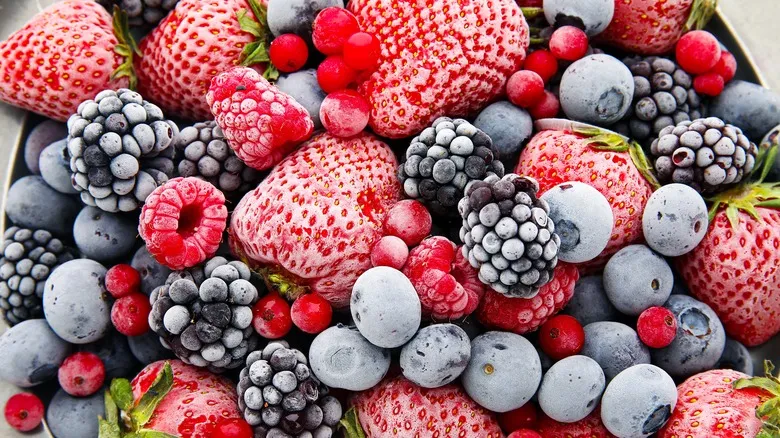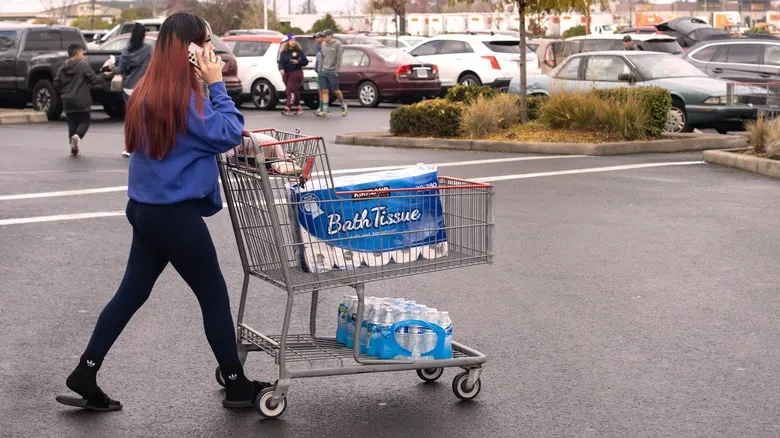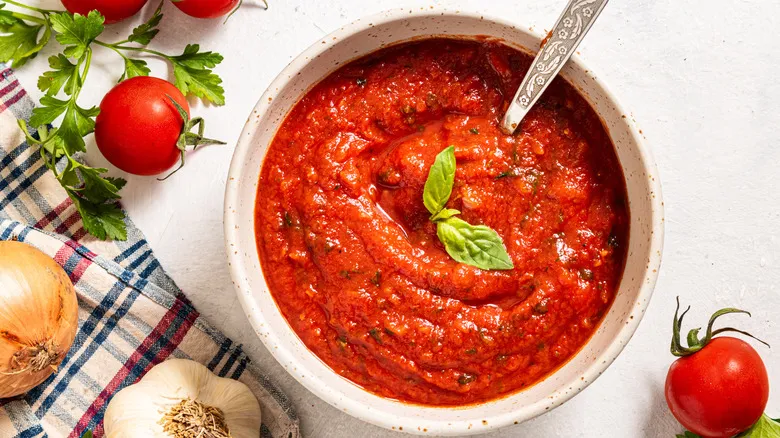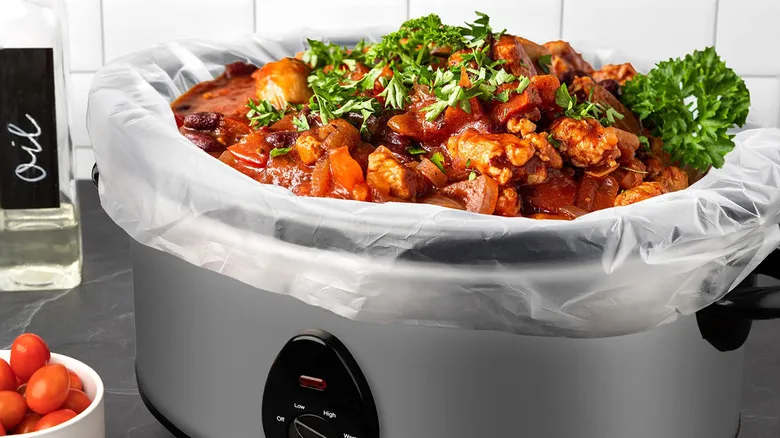How commercial freezing works
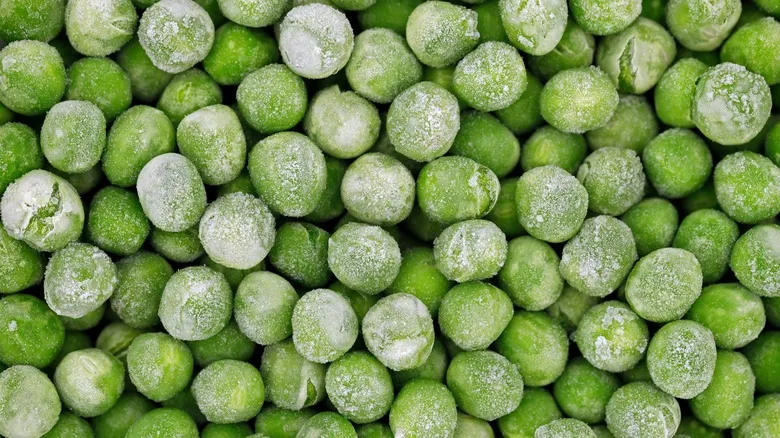
The freezing process for commercially frozen foods is significantly quicker than that of home freezers. While our home freezers, which are relatively small, can take several hours to freeze fresh items, commercial freezing can be completed in just minutes. This rapid freezing is advantageous because slower freezing leads to the formation of larger ice crystals, which can make defrosted foods mushy and watery. Smaller ice crystals are preferable, and achieving this requires quickly bringing food to a frozen state.
In commercial freezing facilities, there are various methods employed to expedite the freezing process. Instead of simply placing food in a freezer, one technique involves passing the food through a tunnel where it is subjected to blasts of air at approximately -40 degrees Fahrenheit. This method is particularly effective for fresh produce, packaged items, poultry, and baked goods. Another approach is blast freezing, which is used for meats and poultry as they travel along a conveyor belt, also exposed to air at similar low temperatures.
Managing frozen foods at home
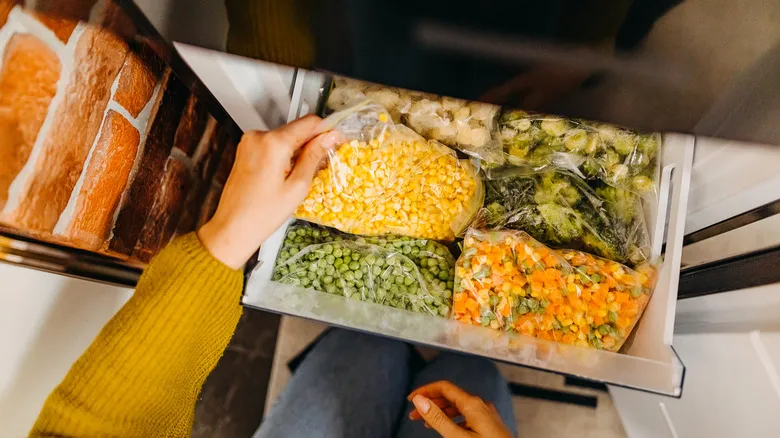
Commercial freezers differ from the ones we use at home, but there are several tips and techniques to help you freeze items effectively, ensuring their freshness and longevity. While it's easy to throw frozen food into the freezer and forget about it, taking some precautions can help prevent freezer burn and undesirable flavors and textures.
To start, consider blanching vegetables before freezing them. This process involves briefly boiling the vegetables and then rapidly cooling them in ice water, which helps to deactivate enzymes that can lead to spoilage.
If you open a package of frozen items, like waffles or berries, make sure to reseal it properly. Remove as much air as possible and use a clip if necessary to ensure the bag is tightly closed. For packages with large openings or any tears, transfer the contents to an airtight container or a plastic bag. Freezer burn happens when frozen foods are exposed to air in the freezer; while it doesn't make the food unsafe, it can compromise its taste and texture.
When cooking frozen items such as vegetables or French fries, the cooking method is important. For frozen fries, place them directly in a hot oven, but at a lower temperature than what the package suggests. The same applies to frozen vegetables—do not thaw them; instead, put them in a hot oven straight from the freezer. Once they are mostly cooked, add oil and seasonings, and continue cooking for an additional 10 minutes to achieve the crispiest results.
Recommended

Can Homemade Ketchup Be Frozen?

How To Store Fresh Fish In The Fridge

Yes, You Can Freeze Gravy, But Only A Certain Type Will Keep

Can You Freeze A Costco Pumpkin Pie For Later?
Next up

